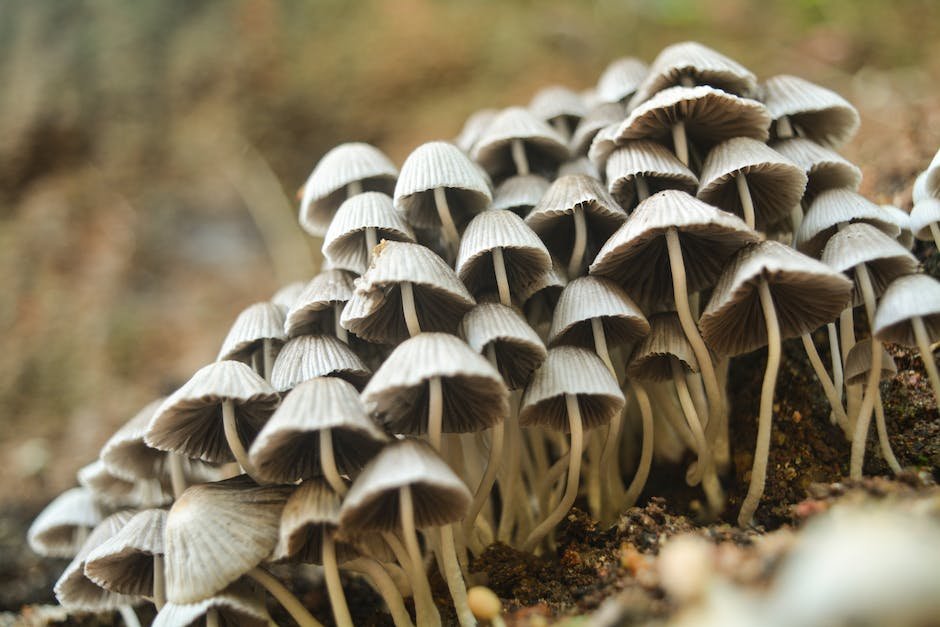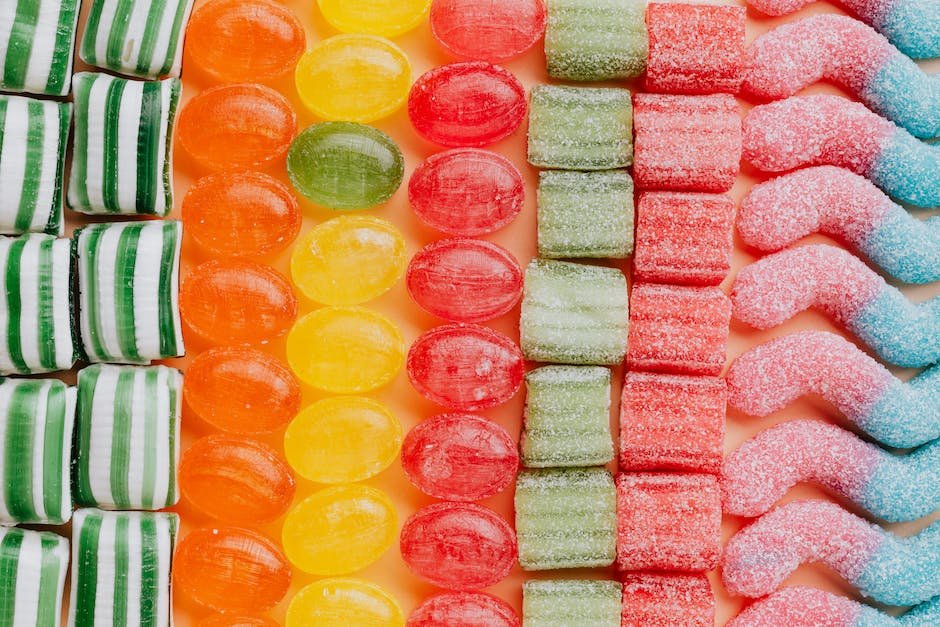We’ve all been there before – you start eating and then it takes you longer to feel full than normal. That is probably because your body doesn’t absorb as many calories from what you are eating due to how much milk you have consumed!
If you are nursing a child, this can be tricky. You want to make sure that they are getting enough nutrition, but at the same time you don’t want them to over-eat.
Luckily, we have some great tips for you here! If you think you might be overfeeding your baby due to lack of production, check out our guide on How To Tell if Your Baby Is Overfed.
This article will tell you how many grams are in a half cup of plain yogurt, as well as other helpful information about breastfeeding. Read on to learn more!
Yogurt Nutrition Facts
Description: Yogurts are usually made by mixing milk with sugar and bacteria or yeast (lactic acid producing strains are most common) until an appropriate thickness is met. Then, the mixture is heated and stirred intermittently until cool. The cream layer that rises to the top is scooped off and stored either back at the factory or kept by the manufacturer.
Definition of a gram

A gram is 1/100th of a pound or 0.000001 pounds. This is very important to know as grams are used to calculate weight changes frequently. For example, when you measure your waist size to determine if your body shape is healthy, it’s common to use either 100cm (40 inches) for a “one-week stay” on the chart or 102cm (41 inches) which is considered overweight.
By using these charts, you can quickly learn how many extra lbs you gain or lose one week depending on what number you get! The difference between 41 and 40 makes a lot of differences when calculating weekly weights.
For this reason, we will be talking about some other weight related terms later on in this article.
Calculate how many grams in a half

We now have our topic and bullet point, so let’s talk about it!
The difference between ounces and grams is that every ounce contains 32 grams, but not everyone uses the same size measuring cup for each. A 1/2 pound (16 oz or 0.67 kg) bar of chocolate has twice as much weight per measure as one ounce (5 g). This can easily add up to quite a bit when you are baking!
Since we know how many grams in an ounce, we could simply multiply by 2 to find out how many grams in a half-pound. Simply divide your ingredient by this number to get your measurement. For example, if you were making my Chocolate Chip Cookies, I would use 2 tablespoons butter per cookie.
There are 16 ounces in a pound

We use the word half to describe how many grams are in a specific amount of food or liquid. For example, a one-cup serving of milk contains two halves of an ounce (16 mL) of fat and four tablespoons (32 ml) of water, so one cup = one ounce (oz) fat plus 2 oz (8 tbsp) water.
One ounce is the standard weight for measuring most foods. So if you want to know what percentage of your daily value (DV) of any nutrient you’re eating, you can simply multiply the number by 100 and then divide that number by the length of time you’ll be consuming the item.
For instance, one slice of bread has about three teaspoons of sugar — or 30 g of sugar! If you were to eat one slice of this bread every day, it would totally add up. And we all know how much stress sugar can create for our bodies.
So try to consume less than one teaspoon per week to meet your DV goal. The best way to do this is by looking at the nutritional information for your food and calculating using these tips.
There are 32 ounces in a gallon

We use the word half to describe how much an ounce of milk, cheese, or butter is. A half cup of any item equals one ounce. So, if you have two cups of coffee, then each cup has two halves — or four grams!
In fact, there are 32 ounces in a one-gallon container (or “container” for short) of liquid. This means that 1/8th of a bottle is 4 grams!
The way to determine the amount of nutrition in a food item is by multiplying the number of calories by the percentage of daily value (DV). For example, one slice of bread contains 250 calories so it would be a good idea to eat three pieces to get your day’s worth!
By using this method with one slice of toast, you know that one piece has 250 x 0.6 = 150 DV. You can also do this with some type of milk such as chocolate, lactose free, or low fat. If we multiplied the milk weight by the % DV for milk, we would find the nutritional information.
There are 500 grams in a pound

We use pounds as our main unit of measurement for weight, but you need to be careful how you define them! The average person assumes that a pound is one thousand grams, which is not correct!
A good way to remember this is that there are sixteen ounces in a kilogram and twenty-four kilograms in a ton. This means that a normal sized person has 24 kg x 16 = 3456 oz or 1 lb 2oz! One thousand gals is therefore three thousand four hundred and sixty six grams – half a pound!
This can easily get confusing when it comes to defining weights. For example, what does a ‘pound’ mean if we divide a kilo by two? A normal person would assume that it is still one thousand grams, but it is actually only five hundred!
That is why it is important to check your definitions before creating new units.
There are 250 grams in a kilogram

We use kilograms as our main unit of weight for two reasons. First, it is simpler to remember than pints or pounds! Second, there are 1,000kg in one million kg so it is easier to work with numbers when converting weights.
To convert into ounces you just take twenty four times the number of kilo-grams and then divide by thirty two. To go from ounces to pounds you multiply by sixteen and then multiply by twelve.
There are 12 grams in a ounce
We use ounces as our standard weight for food because it is easy to remember! One ounce equals one tablespoon or 16 drops. A normal size serving of many foods is one teaspoon, so 1 cup milk contains 8 tablespoons (one ounce) of milk.
That means that one half an oz. (four teaspoons) of butter has eight glasses of milk! This can easily add up if you’re drinking a lot of milk. The average person loves a glass or two of milk per day, which is why having a healthy diet is important.
Many other foods have a defined amount of calories that include a nutritional value. For example, one slice of bread usually has 250-350 calories, depending on what kind of toast we’re eating.
There are 6 grams in a penny

We do not eat too many pennies, but if you were to do so, you would only need six of them to get one ounce (28 grams) of chocolate. This is actually very scary because an average bar of chocolate has about 20 ounces!
That means that you could spend your day eating enough chocolate to weigh down an airplane with just six pennies. Luckily, we have some helpful information here for you!
We gathered all of the info needed to determine how much chocolate makes up one ounce from different sources. Some say it’s 30 mg while others claim it’s 28 mg. So which one is right?
Well, according to the FDA, they’re both correct! The amount in one ounce can either be 30 or 28 depending on whether you prefer milk or dark chocolate.


















